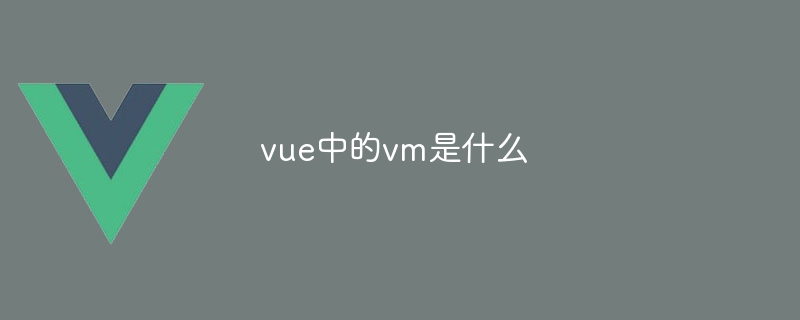
The vm in Vue represents virtual DOM (Virtual DOM), which is an internal representation that tracks and manages application data, with responsiveness, variability, dirty checking, and efficiency. It consists of data, calculated properties, methods, listeners and overhead. It is created through new Vue(). It accesses and modifies data through data, methods and other attributes. It provides reactive data binding, dirty check optimization, and data change tracking. and the advantage of ease of testing.

What is vm in Vue?
The vm in Vue represents virtual DOM (Virtual DOM), which is the internal representation used by Vue to track and manage application data. It is a lightweight JavaScript object that stores application state and user interface changes.
Features of vm:
Composition of vm:
vm consists of the following parts:
Usage:
vm is usually created bynew Vue(). It serves as the root-level element of the application instance and is responsible for coordinating the application's state and UI. You can access and modify data in the vm throughdata,methods, and other properties.
Advantages:
Using vm can improve the performance and maintainability of your application as it provides the following advantages:
The above is the detailed content of What is vm in vue. For more information, please follow other related articles on the PHP Chinese website!